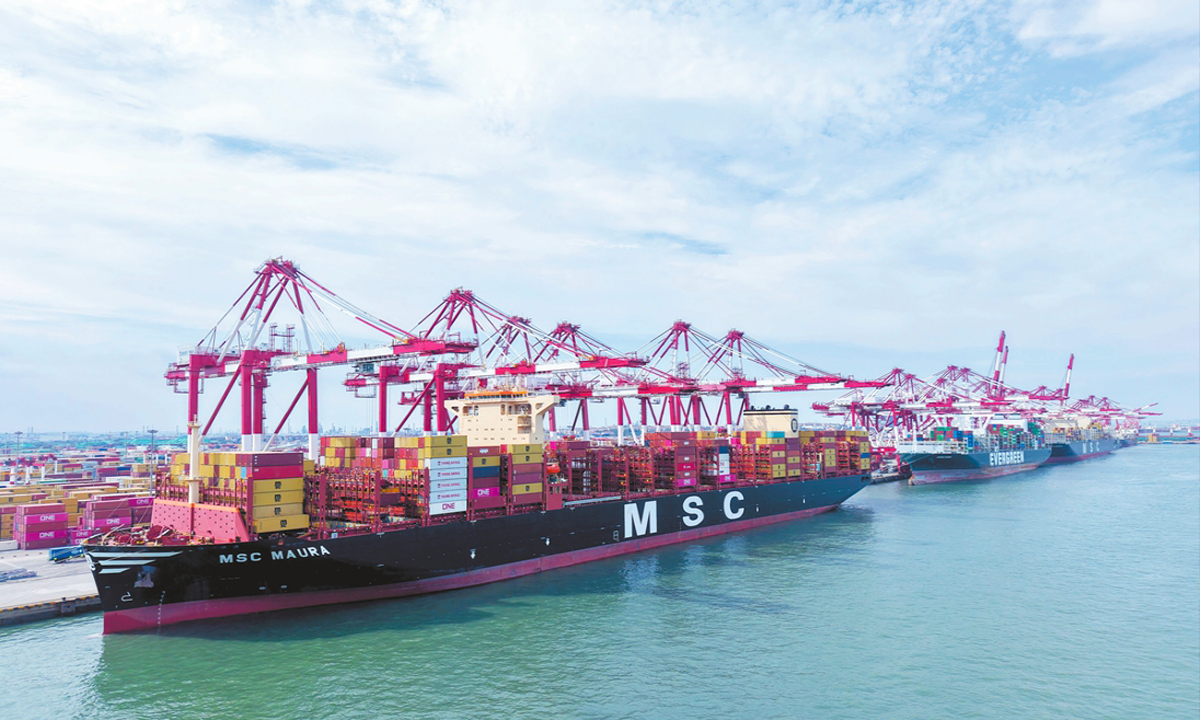Trump announces 15% tariffs in South Korea trade deal

The recent announcement by President Donald Trump regarding a new trade deal with South Korea has significant implications not only for U.S.-South Korean relations but also for broader economic and geopolitical dynamics. By setting tariffs on South Korean exports to the U.S. at 15%, down from an initially threatened 25%, Trump is attempting to strike a balance between protectionist sentiments and the need for cooperative trade. This deal, which includes substantial investment commitments from South Korea, underscores a shift in how trade negotiations are being executed in an era marked by increasing economic nationalism.
Significantly, the agreed-upon figure of $350 billion earmarked for U.S.-controlled investments presents both an opportunity and a challenge. While the investment is positioned to bolster key sectors such as shipbuilding, semiconductors, and energy, there are underlying tensions regarding how this money will be utilized. For instance, the differing interpretations between Washington and Seoul on the nature of this investment can sow seeds of discord. Will these investments ultimately lead to mutual economic benefit, or does it risk reinforcing the dominant narrative of the U.S. extracting greater concessions from its allies? The allocation to specific industries also raises the question of whether this trade framework can yield long-term stability or if it confines South Korea to a reactive economic posture.
Furthermore, it is essential to analyze this trade deal in the context of historical precedents. The current trade negotiations evoke memories of the 1980s automobile trade crises, where similar trade barriers led to retaliatory measures and significant market distortions. The potential unintended consequence here could be a chilling effect on South Korean exports to other markets, should domestic producers focus more on the U.S. as a single target. Moreover, the decision to keep the tariffs on steel, aluminum, and copper unchanged could lead to tensions not only with South Korea but among other trading partners, who might feel similarly squeezed. As the U.S. navigates these turbulent waters, investors need to consider the ripple effects on global trade ties and supply chains.
As we look ahead, the question remains: will this deal foster the industrial cooperation and economic synergy that both nations aspire to, or will it merely serve as a short-term political victory with long-lasting repercussions? Investors need to be acutely aware of the evolving landscape of U.S.-Asia trade relations and the necessity for a balanced, cooperative approach that recognizes shared interests over unilateral benefits. Regulators must also tread carefully to give space for sustainable development without resorting to old protectionist playbooks. Ultimately, the broader implications of this trade agreement could signal a pivotal moment in the quest for a more interconnected and resilient global economy.
Read These Next

Can China and EU Collaboration Match Rapid AI Factory Growth
The EU plans €10 billion for 13 AI factories, boosting China-EU collaboration in tech sectors like green energy and healthcare.

Top Meeting Emphasizes Open Markets and Stable Trade
Chinese leaders stressed expanding opening-up and stabilizing trade at a meeting, aiming to boost confidence in the economy.

Geothermal energy could power the AI era
The article outlines the advances in superhot geothermal energy as a viable solution for meeting the growing power demands of the AI era, spearheaded by Quaise Energy's innovative technology. It emphasizes the potential high energy output and favorable corporate strategies, while also addressing the complexities and risks associated with transitioning from conventional energy sources.
